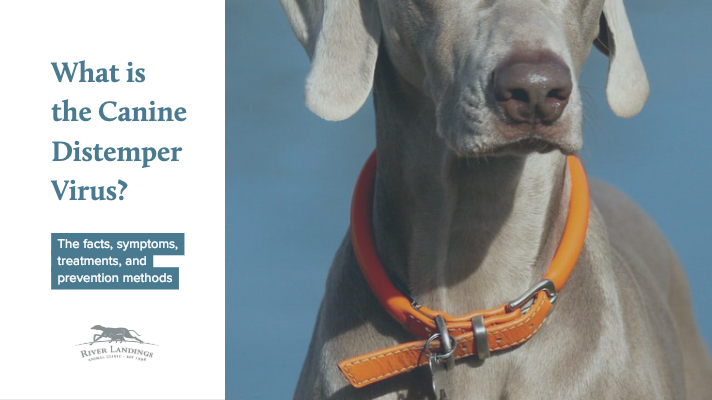Dogs may smell due to underlying skin oils that accumulate in their fur, typically these oils need to be washed every few months (depending on how fast the oil accumulates, how much your dog swims, how long the hair is, etc.). If you find yourself noticing a smell more frequently, note that there may be an underlying medical cause for the stink including:
Otitis
Dental disease
Allergies
Metabolic disease causing ulcers in the mouth
Poisons causing ulcers in the mouth
Cancer
Excessive seborrhea
Otitis
Ear infections can be due to yeast or bacteria, and often may be due to the breed confirmation of the ear (e.g., long floppy ears like Cocker Spaniels), or due to underlying food allergies or atopy (e.g., hay fever). If your dog has chronic ear infections, check with your veterinarian for an underlying cause.
Dental Disease
If you’re not brushing your dog’s teeth at least once a week, please do. That’s because tartar can harden into rock hard plaque, resulting in inflammation to the gums and secondary infection. This can cause severe halitosis (i.e., bad breath), among other serious issues.
Allergies
As previously mentioned, certain types of allergies (like food allergies or inhaled allergies) can result in itching, excessive grooming, and secondary skin infections which can cause a foul, yeasty smell of your dog’s skin.
Metabolic Disease
Underlying metabolic problems like kidney failure or rarely, liver failure, can result in ulcers developing in the mouth. This can cause drooling, not eating, and severe halitosis. Also, certain endocrine diseases like diabetes mellitus can result in complications when untreated leading to fat breakdown (diabetes ketoacidosis) and an unusual sweet “acetone” smell to your pet’s breath.
Poisons and Burns
Certain poisons such as corrosive or caustic substances, or biting into an electrical cord - can cause severe burns or ulcers of the mouth. This can also cause drooling, not eating and severe halitosis.
Cancer
Cancer anywhere in the body can become infected and ulcerated, resulting in a necrotic smell. This can occur in the mouth, in the ears, in the skin or anywhere. When in doubt, if you notice any lumps or bumps, seek immediate veterinary attention!
Excessive Seborrhea
Certain breeds such as miniature Schnauzers are more predisposed to excessively oily skin, resulting in a unique smell and greasy feel when touched. This can be treated with certain shampoos and topical medications.
When in doubt, if you notice that your dog is starting to smell, start with a bath. But if it’s persistent, talk to your veterinarian about this unusual – potentially medical – stink!







